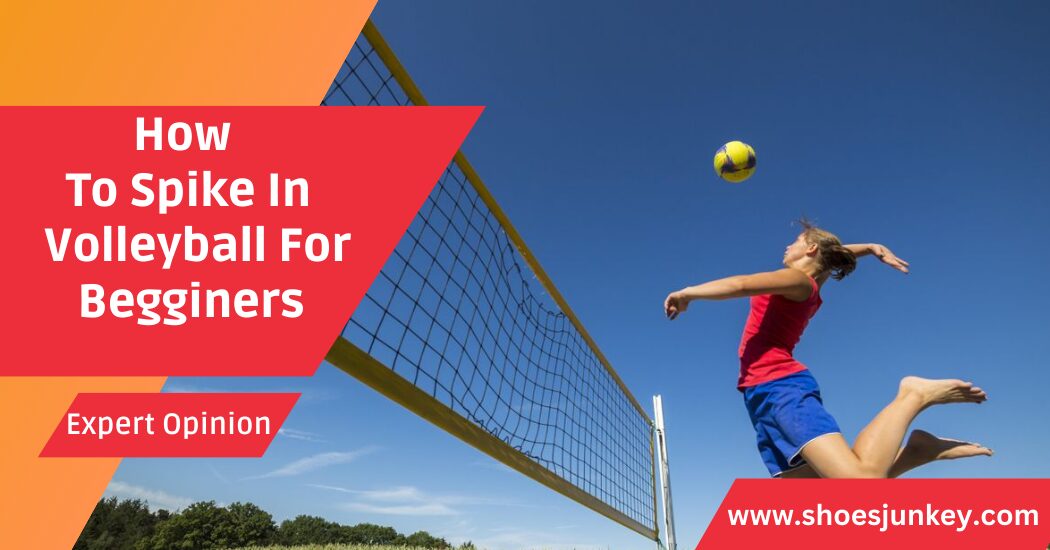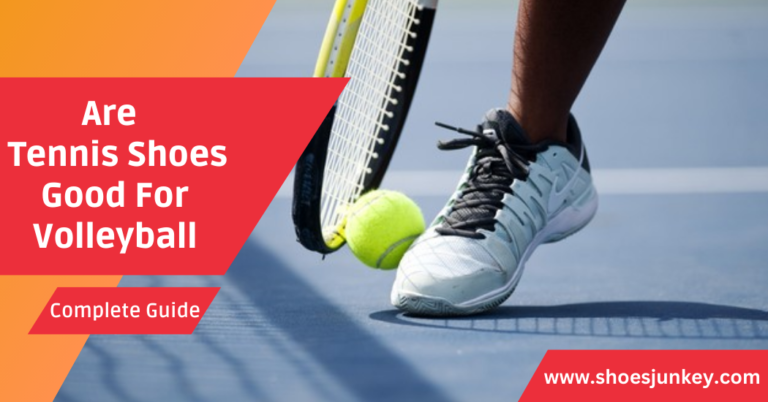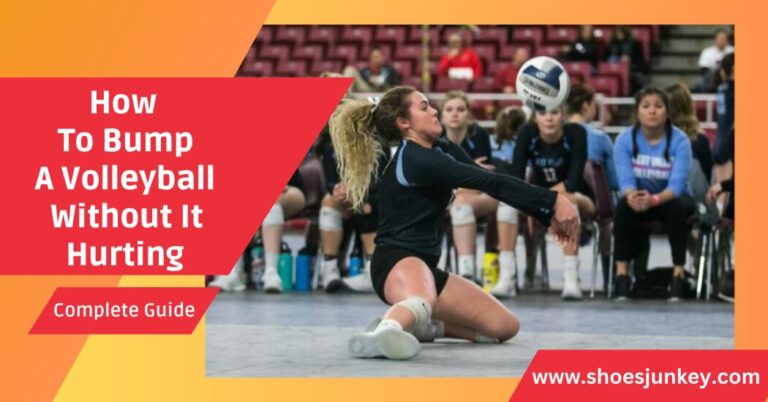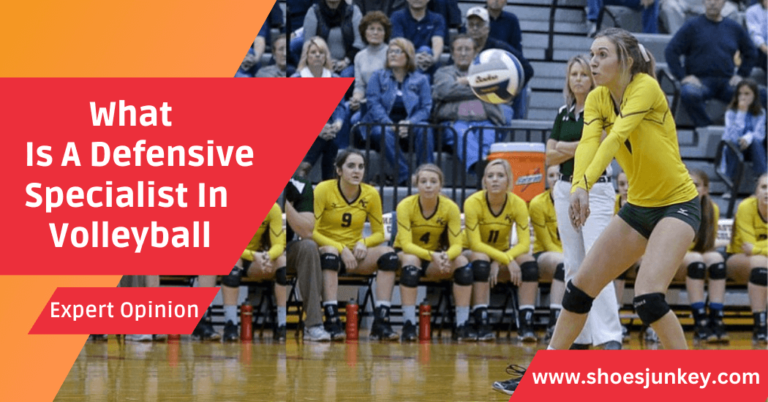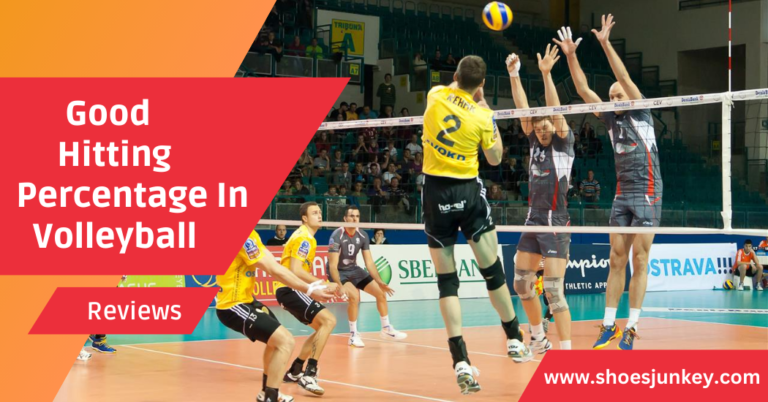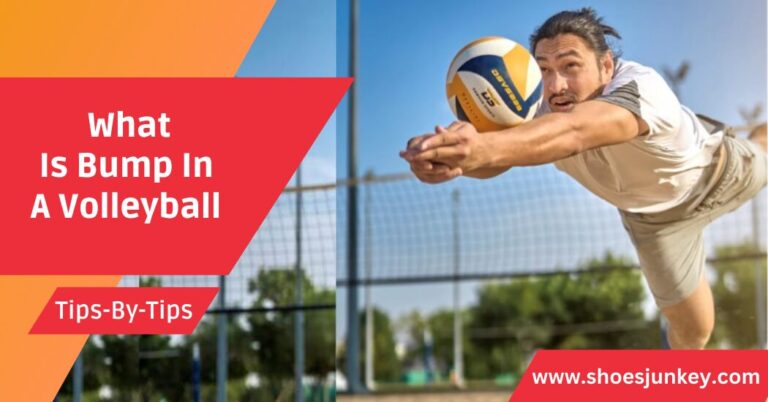How To Spike In Volleyball For Beginners?
If you’ve just started playing volleyball or are looking to improve your skills, mastering the art of spiking is essential for your success on the court. A well-executed spike can be a game-changer and generate momentum for your team.
In this article, we’ll break down the fundamental technique of spiking, discuss common mistakes made by beginners and share some useful drills to help you dominate the net.
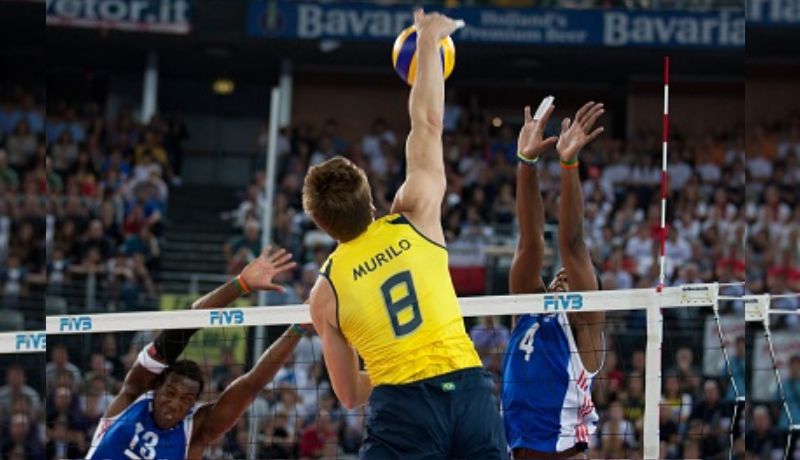
What is meant by spike in volleyball?
In volleyball, a “spike” refers to a powerful, downward hit executed from above the height of the net. The objective is to land the ball into the opponent’s court with speed and precision. The player performing the spike typically has a running start and jumps to hit the ball at its highest point, making it challenging for the opponent to block or receive. A successful spike often results in scoring a point for the spiker’s team.
The Fundamental Technique of Spiking
To execute a successful spike, you must master the essential technique elements: approach, jump, arm swing and contact. Let’s break down each element in detail.
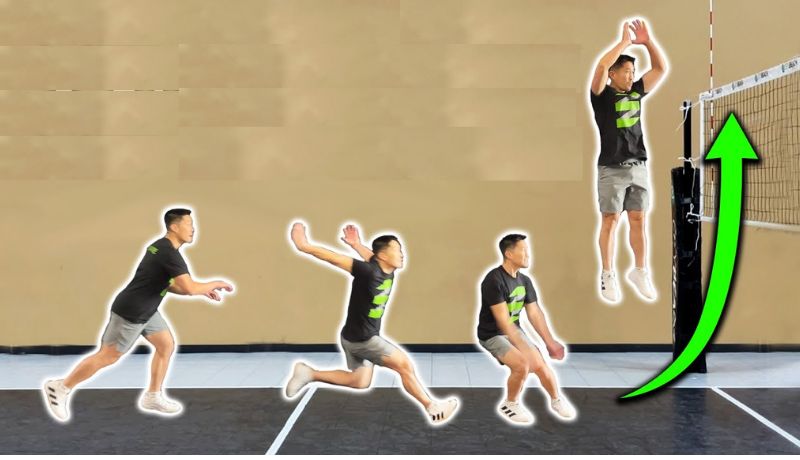
Approach
The approach is the series of steps a player takes before jumping to hit the ball. A consistent and well-timed approach is crucial for generating power and accuracy in your spike. Here’s how to perform an approach:
- Begin by standing behind the attack line, also known as the 3-meter line.
- Take three or four steps towards the ball, with your last step being larger and more explosive.
- As you take your final step, swing your arms back for momentum.
- Plant and push off your last step to jump up towards the ball.
Jump
The key to a powerful spike is having an explosive jump. Here’s how to improve your jumping technique:
- As you plant and push off your last step, explode upwards by driving through your legs and arms.
- Bend your knees as you jump and extend them at the peak of your jump for maximum height.
- Keep your arms extended and reach towards the ball at its highest point.
Arm Swing
The arm swing is the motion used to generate power and accuracy in a spike. Here’s how to perform an arm swing:
- As you jump, bring your hitting hand back behind your body while keeping your non-hitting hand up for balance.
- As you reach the peak of your jump, bring your hitting arm forward in a straight line towards the ball.
- Make contact with the ball using an open hand and snap your wrist to generate topspin.
Contact
The final element of a spike is making contact with the ball. Here are some tips for optimal contact:
- Aim to hit the top third of the ball for maximum power and control.
- Make contact with your palm or fingers, rather than your wrist, to minimize injury.
- Keep your arm extended throughout the entire motion and follow through after making contact with the ball.
How to spike in Volleyball step by step?
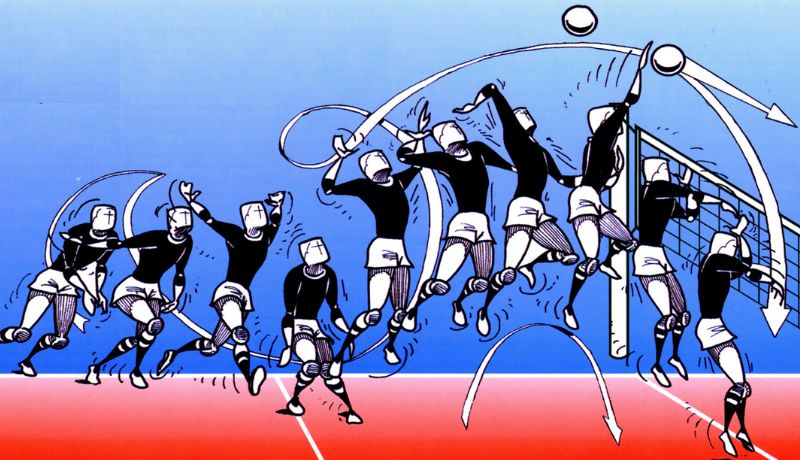
Mastering the art of spiking in volleyball is a process that requires a blend of physical prowess, strategic planning and practiced skill. Each step in the process is crucial, from the approach and the jump to the arm swing and finally, the contact with the ball. Here’s a step-by-step guide on how to perfect your volleyball spike:
- Proper Footwork: As discussed earlier, the approach and footwork are essential elements of a successful spike. Practice your three-step approach to build momentum and get into position for an explosive jump.
- Explosive Jump: Your jump is the key to reaching maximum height and generating power for your spike. Focus on driving off the balls of your feet and extending your arms for maximum lift.
- Arm Swing Technique: Perfecting your arm swing is crucial in controlling the direction, power and accuracy of your spike. Remember to use your non-hitting arm for balance and momentum as you swing your hitting arm forward with full extension.
- Timing and Coordination: Timing is everything when it comes to spiking. Keep your eyes on the ball and adjust your approach, jump and arm swing to make solid contact at the apex of your jump.
- Follow-through: After making contact with the ball, follow through with your arm swing to maintain control and balance. A proper follow-through will also help you recover quickly in case of a block or deflection.
- Practice, Practice, Practice: As with any skill in volleyball, practice makes perfect. Incorporate spiking drills into your training regimen to improve your technique and develop a natural sense of timing and coordination.
Useful Drills for Mastering Spiking
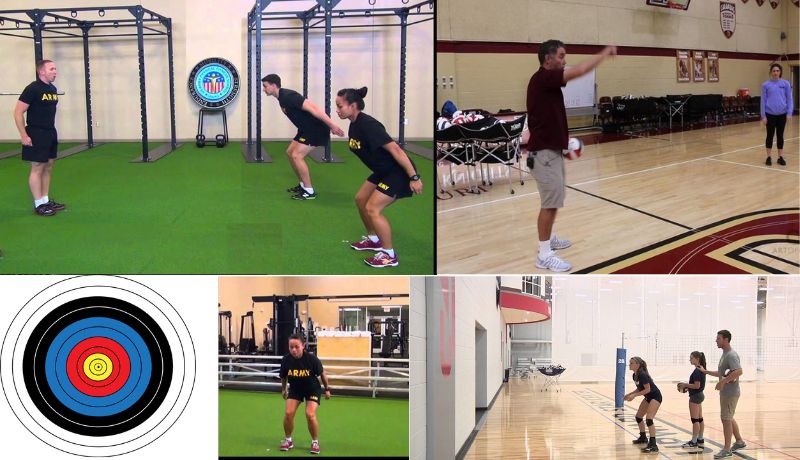
The Toss and Spike Drill
The Toss and Spike Drill provides a simple and effective way to practice your spiking technique. Start by standing near the net. Toss the ball into the air and then spike it over the net. The goal is to hit the ball at the highest point of your jump, practicing your timing and arm swing. As you become more comfortable, increase the height of your toss and add a run-up to simulate a real game situation.
The Approach and Jump Drill
This drill focuses on perfecting the approach and jump, two crucial elements in a successful spike. Start at your normal attack line, then run up to the net and perform the jump without any ball. This practice allows you to concentrate on your footwork and approach, jumping high and focusing on form without the distraction of hitting the ball.
The Set Spike Drill
The Set Spike Drill requires a partner or coach to set the ball for you. Begin with a standard approach, then jump and spike the ball as your partner sets it for you. This drill helps adjust your approach and timing to different sets, enhancing your adaptability on the court.
The Wall Spike Drill
The Wall Spike Drill is beneficial for practicing your arm swing and timing. Stand a few feet away from a wall and practice hitting the ball against it. Aim for consistent contact and watch the ball’s trajectory to ensure it would clear the net in a real game situation.
The Target Practice Drill
The Target Practice Drill is ideal for refining accuracy in your spikes. Set up targets in different areas of the opponent’s court. Practice hitting the targets with your spikes, focusing on varying your shots to hit all areas of the court. This drill not only improves your accuracy but also your ability to outsmart opposing players by diversifying your spike locations.
Common Mistakes to Avoid
Many beginners tend to make similar mistakes when learning to spike in volleyball. These errors not only hinder performance but can also lead to injuries if not corrected. By understanding these common pitfalls, one can focus on eliminating them from their technique, paving the way for a powerful and precise spike.
- Focus on maintaining a proper distance from the net and executing your approach and arm swing without interference.
- Use visualization techniques to imagine yourself clearing the net and placing the ball in the opponent’s court.
- Pay close attention to the ball’s trajectory and work closely with your setter to establish a comfortable rhythm.
- Practice various footwork patterns to adapt to different set heights and speeds.
- Execute drills that isolate the arm swing to ensure proper mechanics and correct any flaws in your technique.
- Seek feedback from coaches and teammates to identify and address any issues with your arm swing.
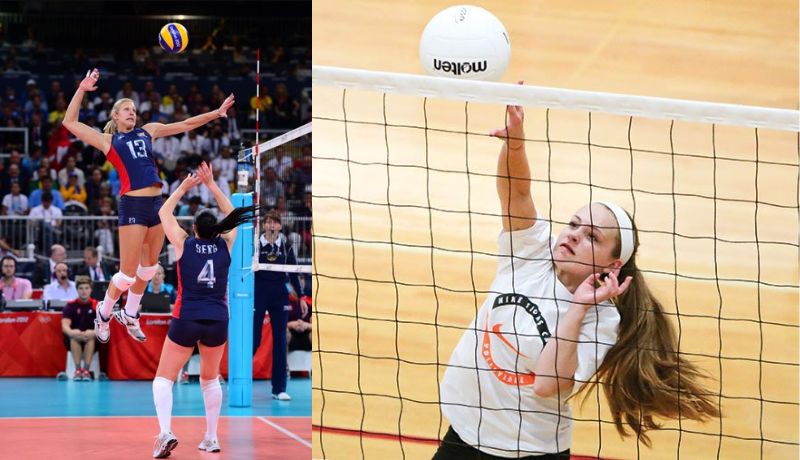
Mastering the fundamentals and continuously refining your technique is crucial in becoming a successful spiker in volleyball. By focusing on proper footwork, arm swing, timing and coordination and practicing useful drills, you can elevate your game to new heights and become a valuable asset to your team. Don’t be afraid to make mistakes and seek guidance from experienced players or coaches to improve your skills. With dedication and practice, you can become a dominant spiker on the court and help lead your team to victory. So go out there, keep practicing and spike with precision and power! ⚔️🏐💪
Mental Preparation for Successful Spiking
Mental preparation is as crucial to successful spiking as the physical drills and techniques. A robust mental approach can significantly improve your performance on the court.
- Visualization: Before a game or during practice, visualize successful spikes. Imagine the perfect approach, jump and swing and see the ball clearing the net and landing on the opponent’s court. This mental practice can enhance your confidence and technique.
- Focus: Concentration is key in volleyball, especially for spiking. Train your mind to eliminate distractions and focus on the ball, your approach and your target. The ability to focus under pressure can often be the difference between a successful spike and a missed opportunity.
- Adaptability: Each game of volleyball is different, with varying sets, defensive setups and game situations. Cultivating a mental flexibility to adapt quickly to these changes can make you a more effective spiker.
- Resilience: Not every spike will be successful and dealing with these failures is an essential part of the game. Develop a resilient mindset that allows you to learn from your mistakes and not be disheartened by them.
Remember, being a successful spiker in volleyball is not only about physical prowess but also about mental strength and preparation. By incorporating these mental techniques into your training routine, you can boost your performance on the court.
Conclusion:
Spiking in volleyball is a fundamental skill that requires practice, patience, and proper technique. By following the step-by-step guide provided in this blog post, you can improve your spiking skills and become a more confident and effective player on the court. Remember to focus on your approach, arm swing, and contact point to generate power and accuracy with each spike.
Also, don’t be afraid to ask for feedback from your coach or teammates to continue improving. So keep practicing and never give up on your goal of mastering the spike! Are you ready to take your game to the next level? Then go ahead and grab a ball, find a partner or a wall, and start perfecting those spikes.

